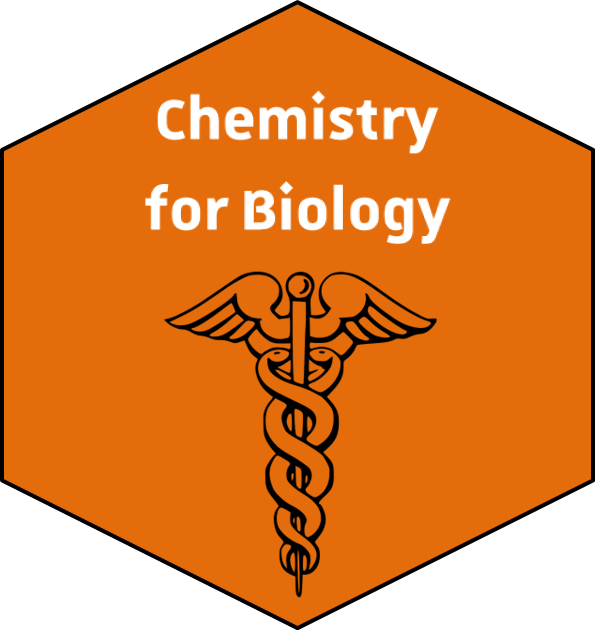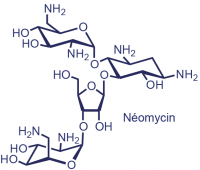
In collaboration with diverse colleagues in biology, virology, bacteriology and nanomedicine, our group is involved in the development of various chemical tools for biological (ie, therapeutic and/or diagnostic) applications.
NEOMYCIN DERIVATIVES AS DRUG TARGETS
Infectious diseases caused by bacteria and AIDS are worldwide spread and, as a consequence, have strong societal and economical impacts. Although very different, they share some resemblances: both can be treated (even if partially for AIDS) but for the former, the large utilization of antibiotics led to the apparition of bacterial resistance that dangerously undermine the effectiveness of clinically deployed antibiotics, while for the latter the high mutation and recombination rates of HIV, together with its high replication level, allow an easy selection of drug-resistant viruses. Unexpectedly, they also share a small part of RNA that is identical in sequence and in structure: the DIS “kissing complex” and the bacterial 16S RNA ribosomal A site. Knowing that the A site is targeted by aminoglycoside antibiotics, it seemed logical that aminoglycosides (AGs) could also target DIS.

In this context, we are challenging new architectures inspired from neomycin, a well-known AG with excellent antibacterial activities but a non-optimal toxicity profile. We, our group associated with Dr. ENNIFAR (IBMC, Unistra) expert in structural biology and biophysical determination, and Dr. G. PREVOST (Laboratoire de Bactériologie, CHU Strasbourg) expert in antimicrobials agents, thus utilize our expertise on the rational design for the synthesis and the biological evaluation of unprecedented neomycin derivatives.1 Guided by structural data or molecular modeling of biological targets, we are developing neomycin libraries bearing modifications at crucial positions in order to maximize either the bactericidal effect on biofilm and planktonic bacteria or the antiviral effect while minimizing the development of antimicrobial resistance and toxicity.
NANO TOOLS FOR IMAGING
The design and synthesis of nanostructured materials is an ever-expanding research area in the fields of biology, medicine and new advances technologies. However, selecting and mastering a synthesis pathway leading to multi-components nanoparticles (NPs) of controlled properties also remains a challenging task. Size, uniformity, composition, structure and surface chemistry must be finely tuned to match the desired application.
 In this context, we are exploiting/developing an alternative process, ie flash nanoprecipitation, for the facile, one-step synthesis of nanomaterials of imaging and/or theranostic relevance. As representative examples, we recently achieved the synthesis of red-emitting organic nanoprobes for two-photon imaging in complex biological systems 2 and developed one-step methods, using only water as solvent, for preparing multimodal and/or functional lanthanide phosphate-based nanoparticles 3, 4.
In this context, we are exploiting/developing an alternative process, ie flash nanoprecipitation, for the facile, one-step synthesis of nanomaterials of imaging and/or theranostic relevance. As representative examples, we recently achieved the synthesis of red-emitting organic nanoprobes for two-photon imaging in complex biological systems 2 and developed one-step methods, using only water as solvent, for preparing multimodal and/or functional lanthanide phosphate-based nanoparticles 3, 4.